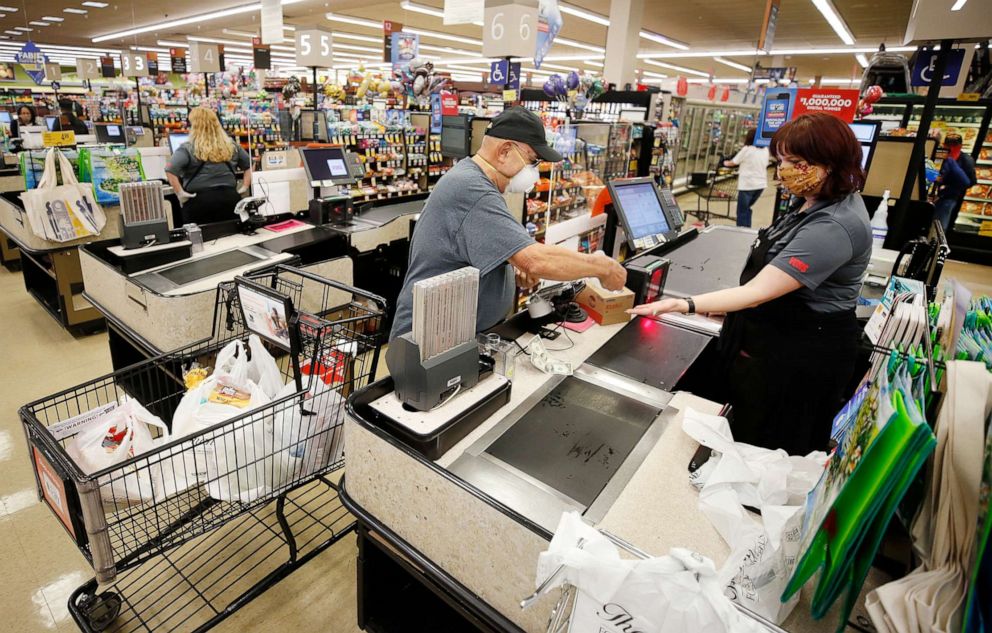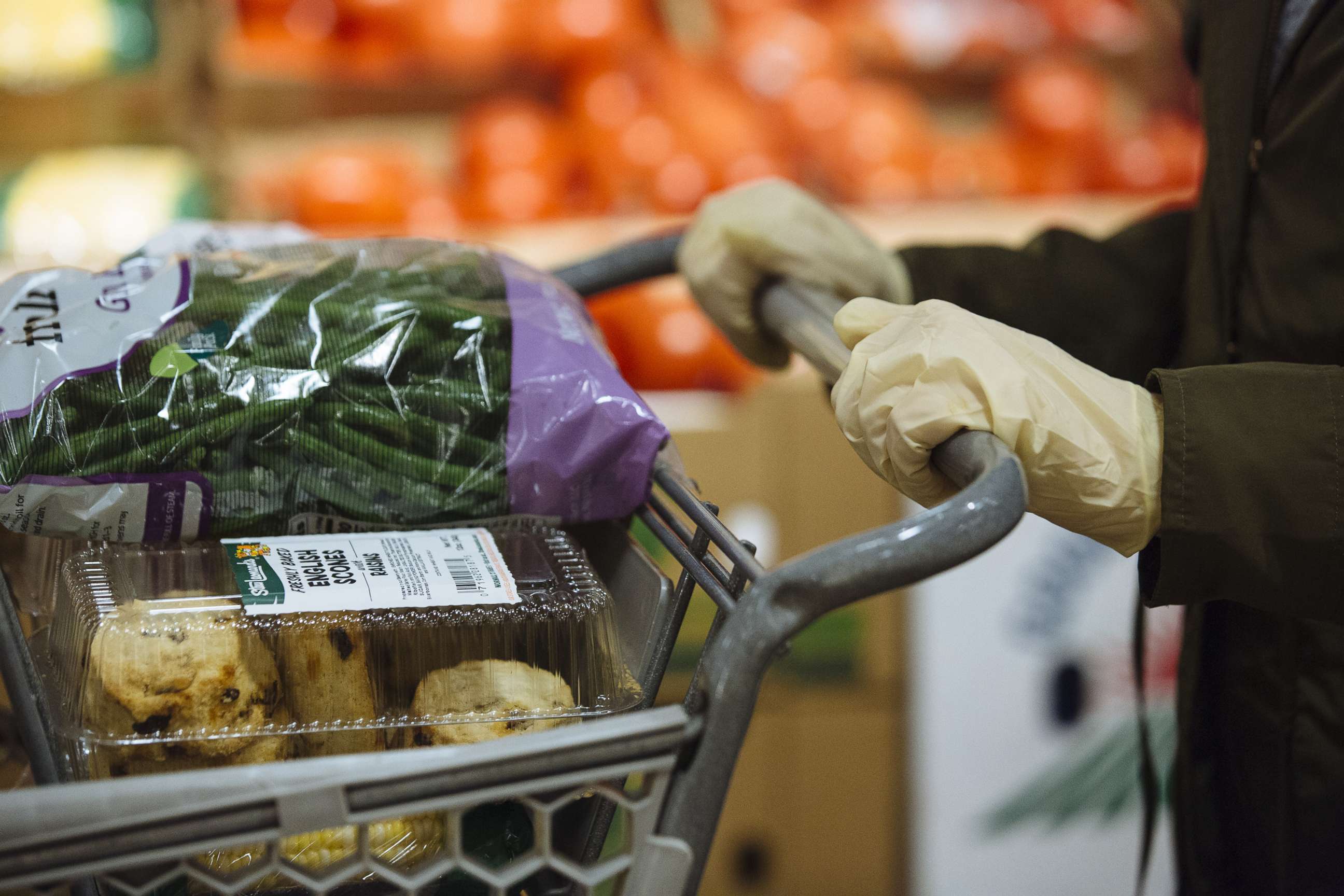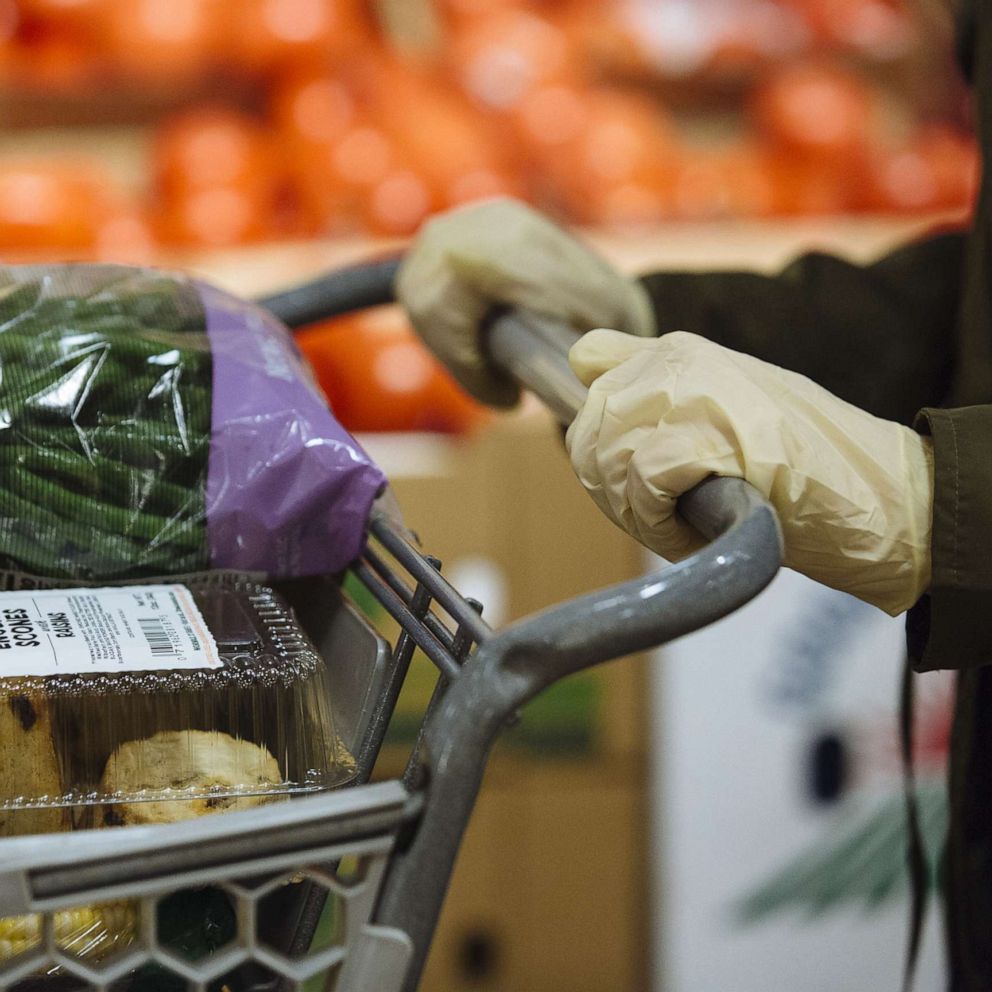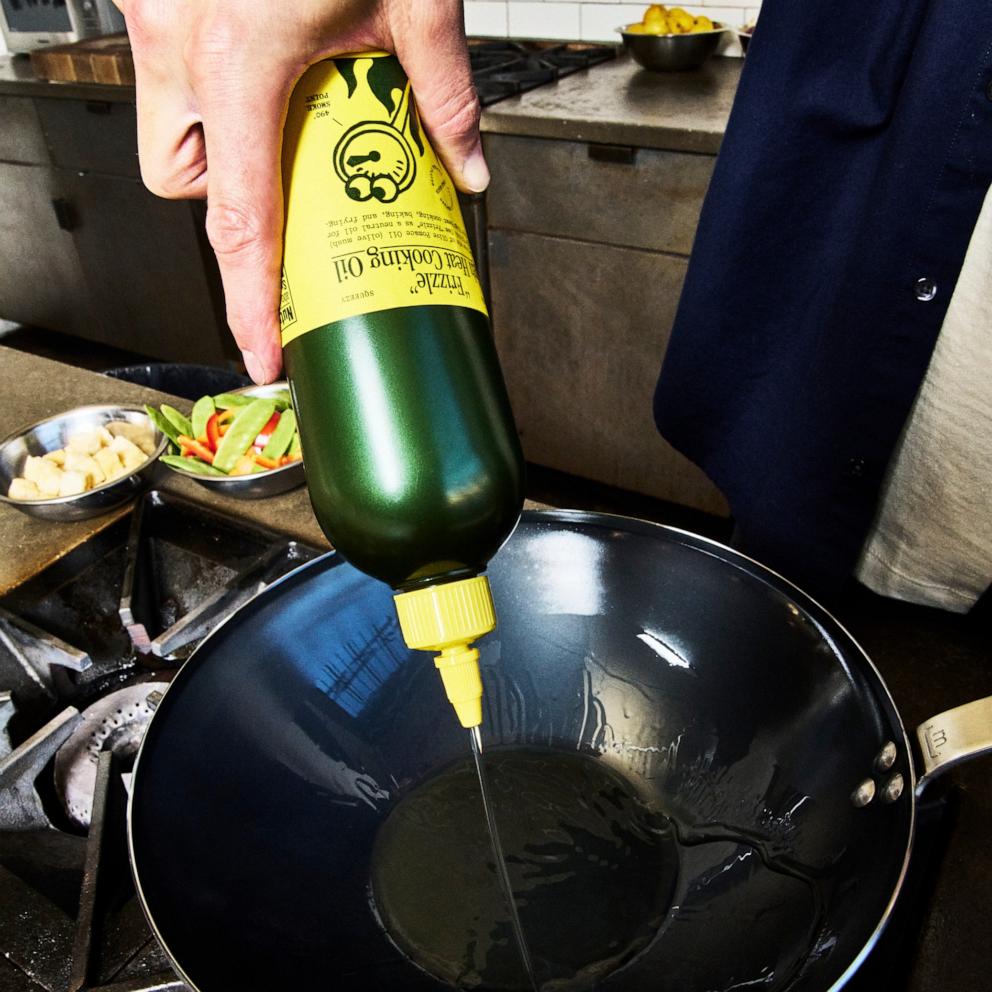Food prices steadily climb nearly 1 year into pandemic

After more than a year into the COVID-19 pandemic, food prices are expected to increase even more, according to experts.
In its 2021 outlook report, the Economic Research Service for the U.S. Department of Agriculture predicted the cost of food from grocery stores will rise 1 to 2% this year.
Both consumer demand and grocery industry changes -- like supply chain issues, hours of retailer operations, shopper capacity limits and more -- have all likely contributed to the increase in prices.

Patrick Penfield, Professor of Practice - Supply Chain Management at the Whitman School of Management for Syracuse University told "Good Morning America" that means prices "will continue to rise over the next several months, probably right at that 2 to 3% range, until May."
"The major factors impacting costs are demand, weather issues within the U.S. and food producers and supermarkets not offering substantial discounts to shoppers," Penfield explained.
"Demand still continues to rise because many people are still eating at home, bad weather -- winter storms -- is also causing people to eat in," he added. "Finally food producers and supermarkets are still not offering the coupons and promotions that we have seen in the past."
Meanwhile, food from restaurants and deliveries rose 3.9% in 2020. The Department of Agriculture predicts prices will increase another 2 to 3% this year.
Brenna Ellison, an associate professor at the Department of Agricultural and Consumer Economics, University of Illinois Urbana‐Champaign, examined food purchase behaviors that evolved throughout the pandemic in a new study.
"The decrease in FAFH [food-away-from-home] spending was driven by significant decreases in spending on eating out in restaurants. We observed increases in spending for carry-out within FAFH, but not enough to offset the decreases in eating out," Ellison said in a release about the findings. "We also observed a significant increase in the proportion of households who utilized online grocery shopping. Finally, we found that food values were relatively stable throughout our study, with taste still being most important to the average consumer."
Since January 2020, the USDA reported that the cost of food eaten at home rose by 3.8%, which was double the year-over-year increase from 2019 to 2020.
Inflation was a minimal factor in the increased cost of groceries, according to the USDA.
The USDA also estimated a 6 to 9% increase in farm-level soybean prices, commonly found in many plant-based meat substitutes, and a 5 to 8% increase in farm-level wheat, a pantry staple ingredient in products like pasta and cereal.

From December 2020 to January 2021, prices for farm-level fruits, including citrus, apples and strawberries, rose 11.3%.
Despite the steady increases, the USDA also noted that "uncertainty about the effect of the pandemic on food prices remains largely unresolved."
The 2021 CPI forecast also expects a return to pre-pandemic rates of inflation.
"Inflation for all food categories is expected to be at or below their 20-year historical averages except for nonalcoholic beverages and other foods," the findings stated.




